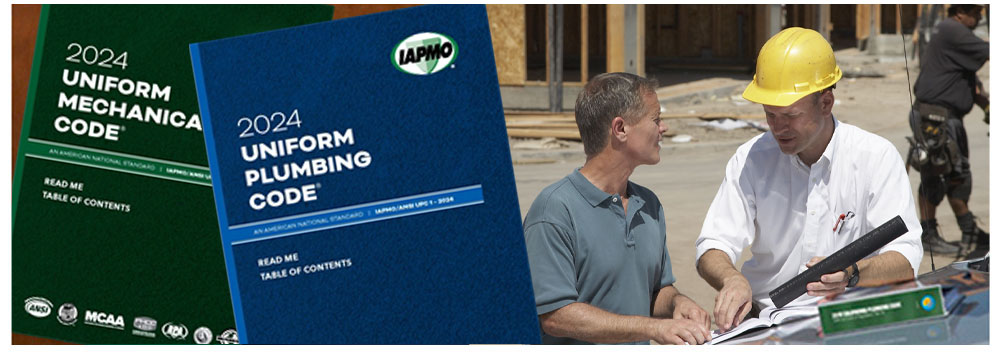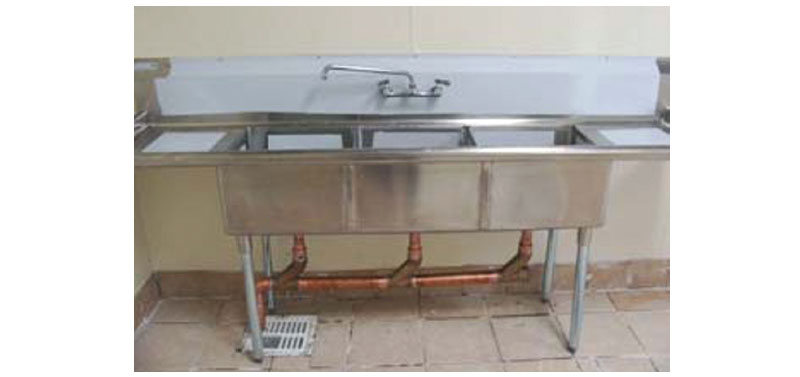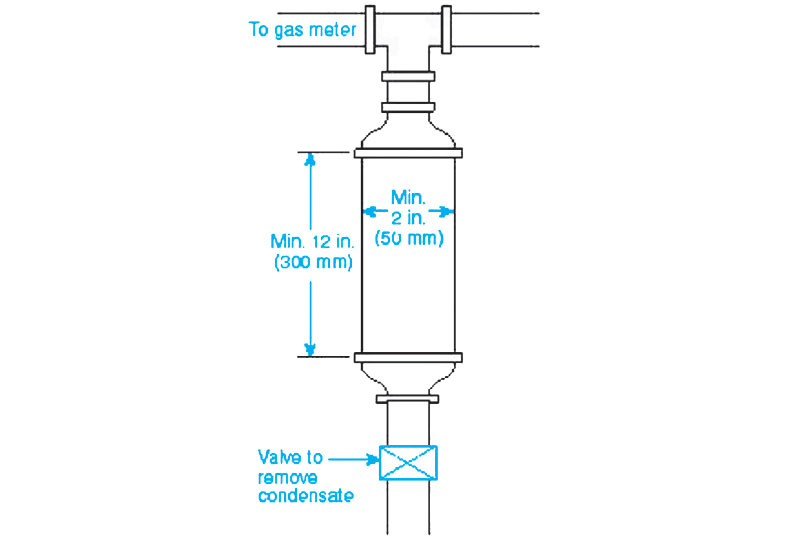June 19, 2025

From the 2024 UPC Illustrated Training Manual, Chapter 8, INDIRECT WASTES
801.3 Food and Beverage Handling Establishments. Establishments engaged in the storage, preparation, selling, serving, processing, or other handling of food and beverage involving the following equipment that requires drainage shall provide indirect waste piping for refrigerators, refrigeration coils, freezers, walk-in coolers, iceboxes, ice-making machines, steam tables, egg boilers, coffee urns and brewers, hot-and-cold drink dispensers, and similar equipment.
An indirect waste is required for any type of fixture or equipment that in any way may contain or come into contact with food. An indirect waste is also required for drains from refrigeration equipment or coils. The purpose of the indirect waste is to isolate the fixture or equipment from drainage system waste that, in a receptor overflow situation, could contaminate the contents of the equipment, such as in Figure 801.3.

INDIRECT WASTE PIPING
From the 2024 UMC Illustrated Training Manual, Chapter 13, FUEL GAS PIPING
1310.9 Drips and Sediment Traps. For other than dry gas conditions, a drip shall be provided at any point in the line of pipe where condensate could collect. Where required by the Authority Having Jurisdiction or the serving gas supplier, a drip shall also be provided at the outlet of the meter. This drip shall be installed so as to constitute a trap wherein an accumulation of condensate shuts off the flow of gas before it runs back into the meter. [NFPA 54:7.6.1]
Drips collect condensate from gases that contain condensable products (usually water) or oil added in the gas transmission process and are required by the code and if required by the serving gas supplier or the AHJ (see Figure 1310.9).

DRIP TRAP
(This is not to be considered the official position of IAPMO, nor is it an official interpretation of the Codes.)

IAPMO
IAPMO develops and publishes the Uniform Plumbing Code®,the most widely recognized code of practice used by the plumbing industry worldwide; Uniform Mechanical Code®; Uniform Swimming Pool, Spa and Hot Tub Code®; and Uniform Solar Energy, Hydronics and Geothermal Code™ — the only plumbing, mechanical, solar energy and swimming pool codes designated by ANSI as American National Standards — and the Water Efficiency Standard (WE-Stand)™. IAPMO works with government, contractors, labor force, and manufacturers to produce product standards, technical manuals, personnel certification/educational programs and additional resources in order to meet the ever-evolving demands of the industry in protecting public health and safety.
Last modified: June 19, 2025
